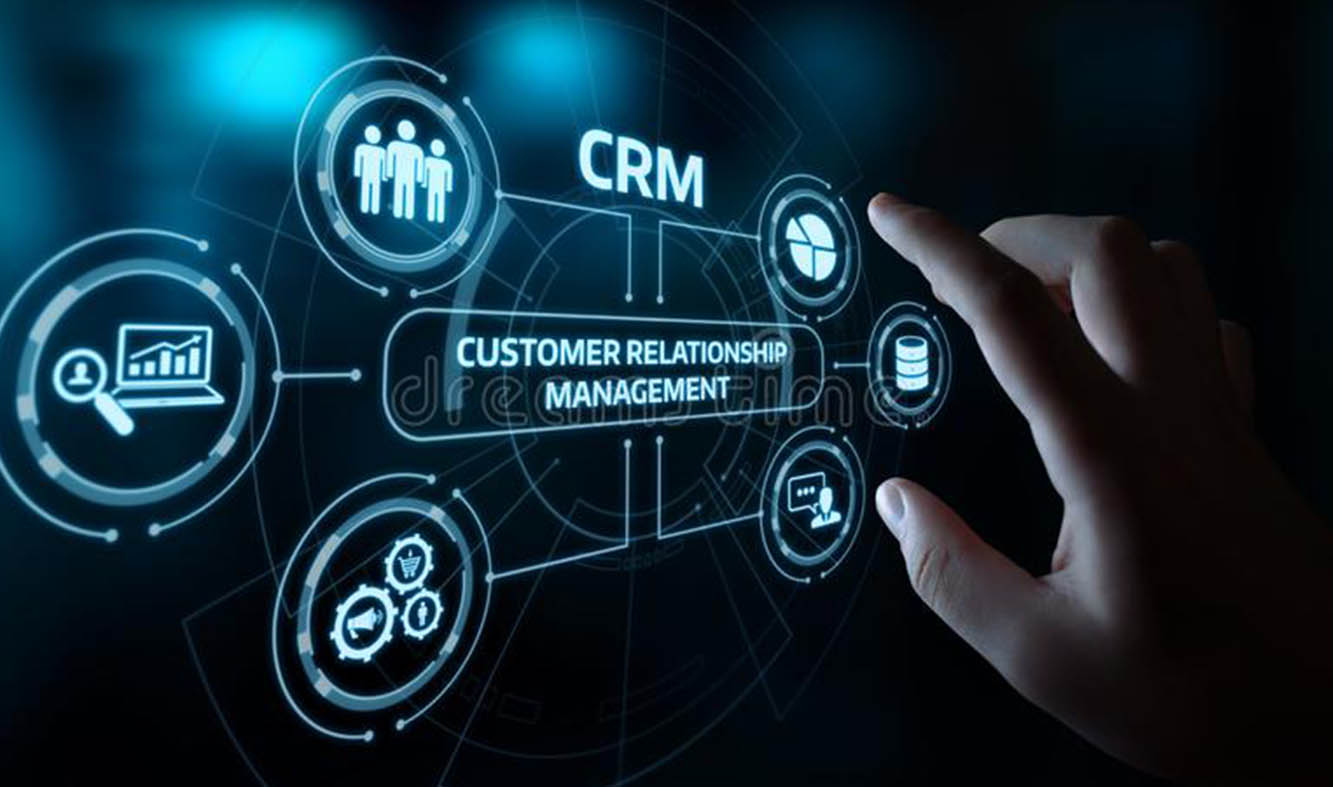When managing campaigns or communications for a nonprofit or NGO, it is tempting to believe each strategy is so unique that it requires a custom CRM for public communications. After all, a custom solution would include all the features your organization needs, none that you don’t, and would be tailored to your specific goals in everything from the in-product terminology to workflows reflecting how your team works.
However, the benefits not only come at a high price, but believing that a custom solution will solve all nonprofit’s problems is just wishful thinking.
In this article, let us look at the most common pitfalls surrounding bespoke CRMs in the non-profit sector, including:
- What is a custom CRM?
- Burning money with a custom CRM
- Missing out on expertise
- Adapting to constant change
- Your focus is just wrong
- But we are different…right?
What is a custom CRM?
 A CRM for is a system that takes NGO communication to the next level by streamlining workflows, storing contact history and automating processes. From segmenting target audiences to providing ways for your audience to interact and engage with your campaign, a CRM acts as a frontline tool for direct contact with your supporters.
A CRM for is a system that takes NGO communication to the next level by streamlining workflows, storing contact history and automating processes. From segmenting target audiences to providing ways for your audience to interact and engage with your campaign, a CRM acts as a frontline tool for direct contact with your supporters.
The way nonprofits interact with CRMs differs from typical sales uses is built on what a nonprofit is “selling.” Unlike a typical for-profit company, nonprofits usually do not have goods or services to be sold.Nonprofits are instead much more focused on engaging and interacting with your community in order to drive awareness and raise funds through donations. CRMs are vital to nonprofits so that they can build up and retain longer term relationships with key supporters and increase their individual donation values over time. Obviously, strategies to elicit interaction and engagement are different within every organization and custom solutions are often seen as the best option to address these unique needs.
That means a technical platform is built from the ground up, either in-house or externally by contracted software developers. The final product is built to be an exact fit for the specifications of the organization, allowing you to find your way very easily without being cluttered with unneeded functionality.
While that may sound tempting, bear in mind that this fit only lasts as long as your needs and processes do not change. In the world of digital campaigning, everything is constantly changing.
5 Reasons to NOT Build a Custom CRM
You Will Spend A Lot of Money
 This first reason is probably the only one any nonprofit will need. An existing CRM solution is much less expensive than building a custom solution, either in-house or with external partners.
This first reason is probably the only one any nonprofit will need. An existing CRM solution is much less expensive than building a custom solution, either in-house or with external partners.
Many nonprofits compare the costs incurred with a custom CRM buildout against the yearly fees of an existing SaaS solution, assuming that they will (at some point) break even. The tough reality is that a nonprofit will never break even with the albatross of a custom CRM around its neck. The reason being that custom built CRMs are never a one-time investment. In most cases, custom solutions are outdated as soon as initial development is finished. That means they must be adapted to every change of strategy in the future, easily requiring spending around 30-40% of the initial costs annually for updates.
The reality of digital tools is that they are always changing and require constant maintenance from highly trained professionals to ensure that they are protected, relevant and functional. Using an outdated CRM would be like wearing JNCO jeans in 2022 - it looks awkward and doesn’t fit in anymore.
You Are Missing Out on Expertise
 If money is not enough for an argument, consider this more crucial requirement.
If money is not enough for an argument, consider this more crucial requirement.
When building a custom solution, a nonprofit must hire experts who know and understand how to define the organization’s processes, how its campaigns should function and what services it offers to its community. Engaging tools such as interactive surveys within topic-specific landing pages and how user data will be used to follow up with interested people must be considered. Additional features that empower your community to become active and to organize via grassroots pages are also vital to be included for a modern campaign-focused CRM. The big advantage of using an existing market solution is that there is someone working on new trends and mechanics all the time. Testing it with multiple scenarios and clients and continually ensuring that the product remains state-of-the-art for communication and campaigning. Take that into account when comparing costs and the increased value is obvious.
Adapting to Constant Change
 As previously mentioned in the first point, especially when it comes to non-profits, the method of work and the mechanics to do so change very fast in the digital space. New social media tools are popping up overnight and the platforms themselves are constantly updating their APIs - the code needed for seamless integration into any CRM platform. New social media platforms require new strategies and within a year a custom system will be outdated without a fulltime development staff to update it. Believe me, we have been there. Developing a political CRM ourselves is a constant race in evolving and adapting to new situations.
As previously mentioned in the first point, especially when it comes to non-profits, the method of work and the mechanics to do so change very fast in the digital space. New social media tools are popping up overnight and the platforms themselves are constantly updating their APIs - the code needed for seamless integration into any CRM platform. New social media platforms require new strategies and within a year a custom system will be outdated without a fulltime development staff to update it. Believe me, we have been there. Developing a political CRM ourselves is a constant race in evolving and adapting to new situations.
Your Focus Is Misplaced
 As soon as infrastructure buildout becomes the main focus, the battle is almost certainly lost. The project management for a custom CRM buildout alone is a giant time sink that distracts from the main purpose of social based campaigns: connecting with supporters.
As soon as infrastructure buildout becomes the main focus, the battle is almost certainly lost. The project management for a custom CRM buildout alone is a giant time sink that distracts from the main purpose of social based campaigns: connecting with supporters.
Nonprofits should be focused on things like policy and messaging, not managing a development team and arguing internally with staff about what is and what is not necessary in a digital tool. Not to mention the development delays and budget overruns that will most likely arise and cause even more stress on already overworked departments. It is best to simply skip the stress and go with an existing platform that is ready to go right out of the box.
But, We Are Different…Right?
 This is probably the most common thought from nonprofit campaign and communications staff. However, while every nonprofit IS unique and has an individual approach to building and engaging with its community, the tools needed to achieve this are largely the same.
This is probably the most common thought from nonprofit campaign and communications staff. However, while every nonprofit IS unique and has an individual approach to building and engaging with its community, the tools needed to achieve this are largely the same.
Truth be told: as long as interacting, engaging and mobilizing your supporters based on a data-driven approach to communication is the goal, there are plenty of tools on the market that can be used to build a thriving digital community.
Obviously, this is hard to achieve with a sales software. Instead, nonprofits do need a solution that is focused on people instead of products. That's why we built CamBuildr, the first all-in-one solution for movements built in Europe.
Are you interested in learning more about how CamBuildr can help you overcome the unnecessary burden of custom development and realize your digital strategy?
Just drop us a message and let’s talk about your specific challenges.


know more
about CamBuildr?




